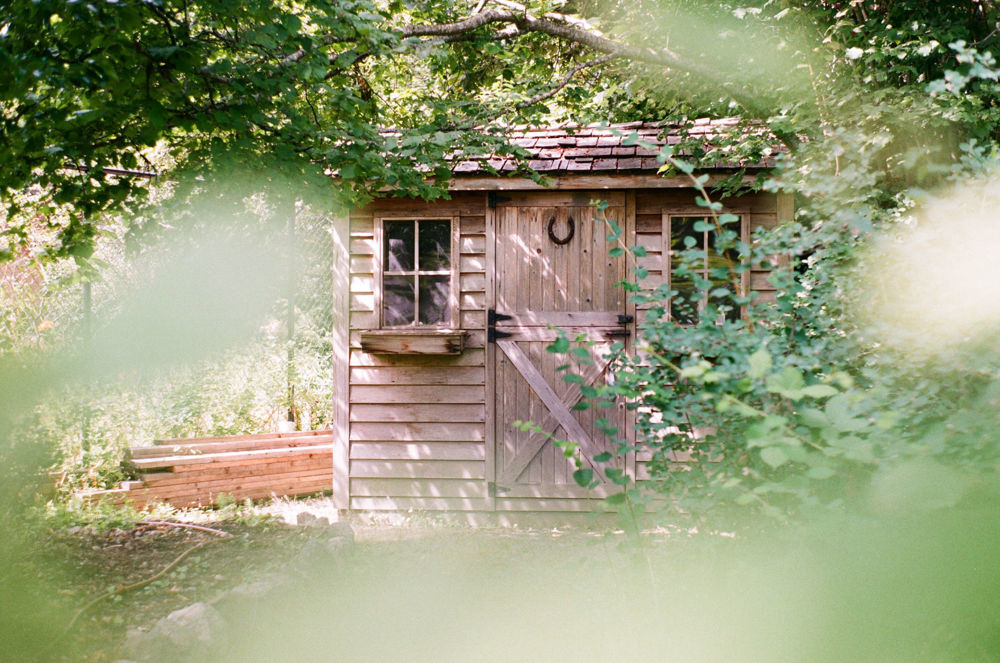
Ensuring outdoor wood is waterproof, whether it be a decking, fencing, cladding or a shed, is crucial in order to ensure it does not swell, rot and become damaged over time. This is even more important when it comes to sheds as no matter what they are used for, keeping the shed dry is the only way to protect its contents from moisture damage. That is why our experts have put together this handy guide on the best way to waterproof your shed so you can ensure the shed and its contents stays clean, dry and damage free long-term.
Why Waterproof A Shed?
Like any mineral outdoor surface, protecting outdoor wood is crucial for a number of reasons. Wood is an organic material, meaning it is highly porous. The more porous a material, the more moisture it will absorb. This means that bare, untreated wood is highly susceptible to water ingress, causing moisture to enter the structure.
Wooden sheds more often than not are not waterproof to start with, which means that applying a waterproof treatment is crucial if you want to protect the shed and keep it in its original condition.
There are a numbers of effects that water absorption can have on bare, untreated outdoor wood, however the most impactful side effects include rotting, organic growth and discolouration.
ROTTING
The sight of rotting is a familiar one to many of us, as the weathering that outdoor wood must endure here in the UK can be substantial. Rotting is caused by a fungus that feeds off the timber until it begins to weaken and breakdown. This fungus thrives in highly saturated conditions, meaning it is primarily caused wood absorbing and holding large amounts of moisture. Once the rotting sets in, it will only worsen until the source of the moisture is prevented. The resulting wood after the rot has attacked the material can often need substantial repair work, which is why the best form of treatment for rotting is to limit the water ingress in the first instance.
ORGANIC GROWTH
Like the fungus that causes rotting, other organic growth such as moss, algae and lichens all thrive on natural mineral surfaces such as wood once they become saturated. While not always a threat to the structural integrity of the wood, this organic growth can significantly impact the natural beauty of the timber and leave it looking like a bit of an eye sore. After all, you want to be able to see the beautiful grain and the natural colour of the timber. Aside from the appearance, unpleasant smells can also be caused by lichens and mildew, leaving a musty scent in the shed that can be difficult to get rid of.
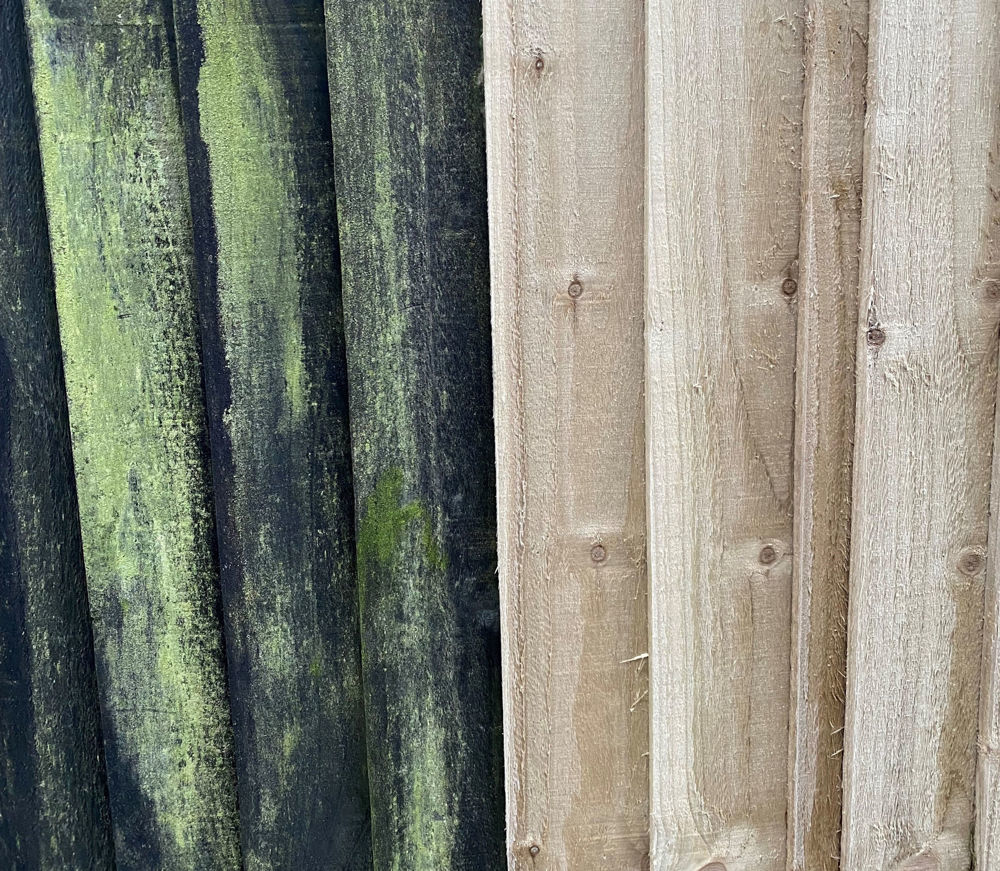
DISCOLOURATION
Aside from the growth of fungus on the wood, moisture causes the wood to darken in colour when it comes saturated. Furthermore, while not caused by weathering, bare, untreated wood can also discolour in the form of 'silvering', which bleaches the timber causing the natural pigment of the wood to be lost. This is caused by UV degradation when the untreated shed is exposed to sunlight over a period of time.
How Do You Waterproof A Shed?
The process of ensuring that your wooden shed is water-tight and the building and its contents are in good condition can encompass a number of things. Here are the steps you must take to fully waterproof your shed and reduce the amount of moisture entering the structure.
1. CREATE A BASE
As in the case with masonry structures, there is two main ways that moisture can enter a building; the ground and the walls. The ground holds moisture from rainfall in the soil, meaning with consistent rain comes a saturated surface that can transfer moisture into any mineral surfaces that are placed on them. This is why our homes have what is known as a DPC (damp-proof course) which prevents the transfer of moisture from the ground into the floor of a property. When it comes to sheds, you must have a foundation for the timber structure to sit on top of in order to prevent the transfer of moisture. This can be done either using a plastic shed base or concrete pavers, which lift the timber off the floor.
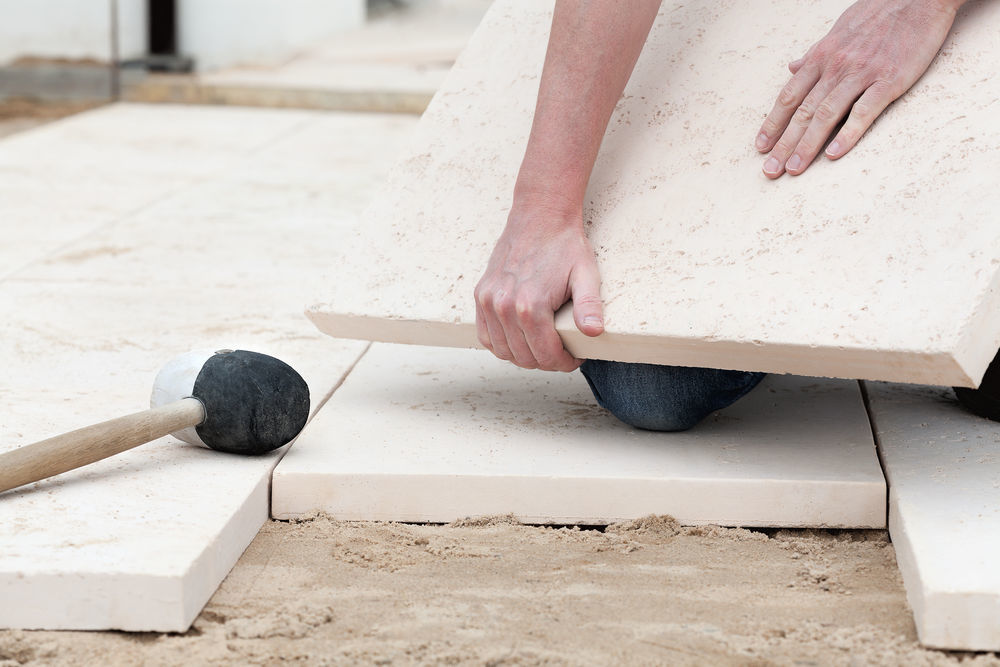
2. CHOOSE A WATERPROOF TREATMENT
In order to prevent moisture from rainfall soaking through the exterior walls of the shed, you must ensure that you apply a waterproofing treatment to the wood. Waterproof treatments for outdoor wood come in a range of forms, including wood paints, wood oils, wood sealers, wood waterproofers and wood stains. These treatments offer varying levels of protection from moisture, which can cause a fair bit of confusion. To be waterproof, a product must be water repellent. If a product refers to itself as 'weatherproof' or 'weather-resistant' this is often a sign that it isn't completely waterproof and it will absorb some moisture over time.
There are a huge range of wood products on the market to choose from. If you want to change the colour of the shed, a wood paint or wood stain is most suitable for you. While these products are primarily designed for aesthetic purposes and do not offer complete waterproof protection, applying any treatment will help provide some level of protection to the timber. For a solid, opaque finish use a wood paint, and to colour the wood while maintaining the grain, use a wood stain.
If you want do not want to change the appearance of the shed to maintain the natural beauty of the timber, a clear wood oil or wood waterproofing product is suitable. While a wood oil nourishes the wood, a wood waterproofer adds water repellent protection to the timber to limit water absorption and reduce rotting, discolouration and organic growth.
No matter what waterproofing treatment you use, it is of paramount importance that it is breathable. Breathability refers to how much water vapour can pass through a coating or treatment. The more breathable the product, the more water vapour can pass through. If moisture cannot pass through a coating, water becomes trapped underneath in the wood and continues to build. Eventually, it causes the wood to become saturated with moisture, causing the wood to begin to rot and eventually leading to the coating peeling and blistering when the moisture pushes through it. Ensure the product you use is 'highly breathable' and has an SD value of below 1.
When wood waterproofers refer to themselves as 'sealers' this is because they are designed to seal the wood completely, creating an impermeable film on the surface of the wood that reduces water absorption but can also negatively impact the breathability of wood. For this reason, we developed Emperor Exterior Wood Waterproofer which instead of forming a film on the surface, chemically bonds to the wood and lines to pores of the timber instead of sealing these pores. This means that water in the form of rainfall is too large to pass through the pores, causing it to repel off the surface, while water vapour as a gas is small enough to freely pass through the waterproofer.
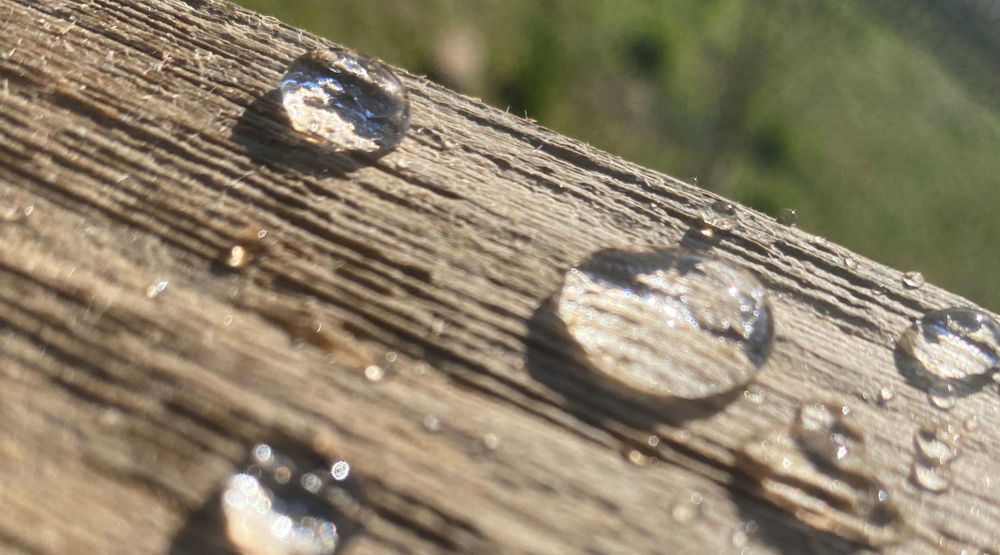
Emperor Exterior Wood Waterproofer provides the wood with water repellent properties rather than creating a water repellent surface on the wood. As there is no film to be weathered, the treatment has ultra-durability, as shown in independent testing. In a 25 year accelerated weathering test, there were no signs of change in appearance or performance of the product in harsh weather conditions, demonstrating a minimum performance in any weather conditions for 25 years.
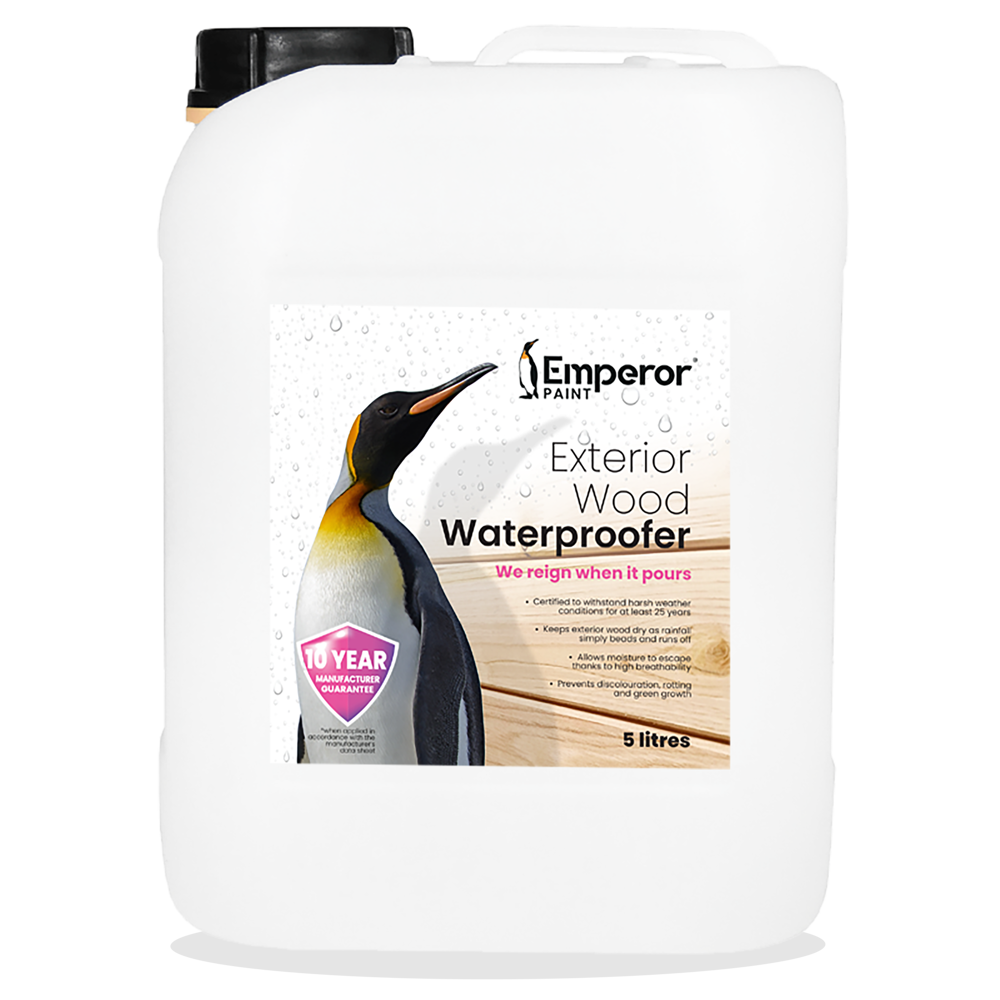
3. APPLY THE WATERPROOF TREATMENT
Before you apply anything to the shed, you must ensure that it is dry and clean. If it isn't not only will the finish you achieve be less than optimal but you run the risk of the waterproof treatment failing.
Cleaning the wood is potentially the most important step in waterproofing a timber surface as wood that has been weathered is rarely ready to treat straight away. If there is large-scale dirt on the shed, the easiest way to remove this is to use a power-washer. Where the weathering is not prominent, hot soapy water and a soft brush is often sufficient to remove dirt from the surface of the grain. You may also choose to sand the wood down using a 180-grit sandpaper which will also help to remove deep ingrained dirt that cleaning alone won't remove.
Once the dirt is removed, it is important to apply a fungicidal cleaner to the wood to kill any organic fungal growth. Apply a fungicidal cleaner such as Emperor Exterior Cleaner to the wood using a brush, roller or pump-sprayer and leave it to dry for 2 hours. After this period, any organic growth such as lichens or moss will be killed and any deep ingrained dirt that was still present on the wood will be lifted out of the grain. You can then protect any surrounding surfaces using masking tape, window film and a dust sheet to prevent any overspray and to make the clean-up as easy as possible.
Now you are on to the application part of the process, ensure the wood is dry as moisture will impact the performance of the treatment. Emperor Exterior Wood Waterproofer is a one-coat waterproof treatment that can be applied using a brush, roller or pump-sprayer. It comes in the form of a thin, watery liquid and is extremely easy to apply, so anyone can do it! Simply apply the treatment at 5m2 per litre and leave it to dry for 1-2 hours. Once dry, it will leave a completely invisible finish on your shed that repels any water. As a water-based product, you can then clean all of your tools using water, then remove your masking and dust sheet.
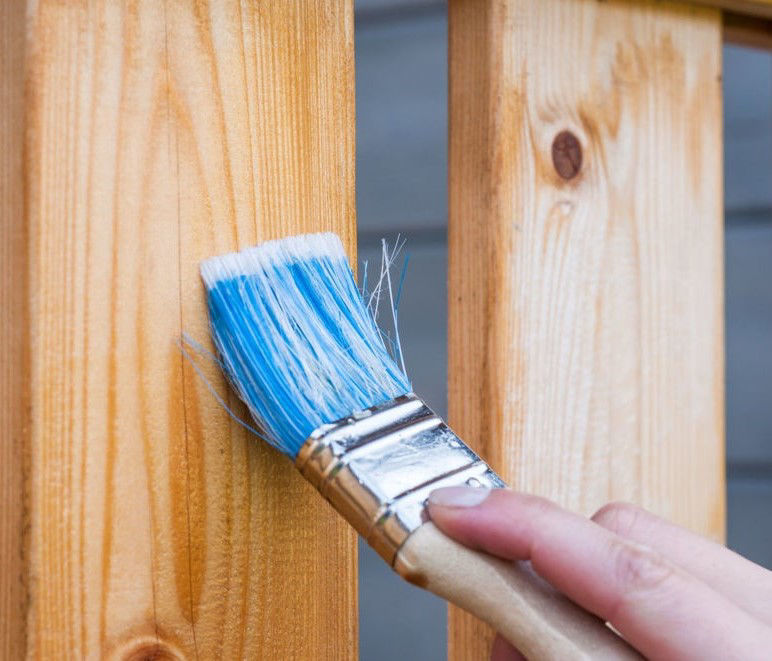
Frequently Asked Questions
Q. IS THERE ANY OTHER STEPS I NEED TO TAKE TO WATERPROOF MY SHED?
As with any structure, defects will allow moisture to enter, which means it is crucial to check the shed to see if there are any other areas where moisture could enter. Check for any leaks in the roof, defective timber and the drainage to ensure that all areas of the shed are protected.
Q. CAN I APPLY EMPEROR WOOD WATERPROOFE TO TREATED WOOD?
Emperor Exterior Wood Waterproofer must be able to absorb into wood in order to chemically bond to it. This means that a previous treatment such as paint or oil can prevent this, meaning you cannot apply the treatment to the wood. You can either remove the previous coating or apply a coating that is compatible for application over the previous coating.
Q. HOW DO I KNOW IF A WOOD TREATMENT IS WATERPROOF?
The term 'waterproof' is extremely common when it comes to exterior decorating products, however it is often misused. To be completely waterproof, a product must be water repellent. If a product is not water repellent, moisture will absorb into the coating and through to the wood underneath. This causes problems when non-waterproof products are also low breathability, as this moisture become trapped due to the inability for water vapour to freely pass through the material. To keep an exterior surface dry, you must use a water repellent product that is highly breathable. If a treatment is referred to as breathable, this often means it is not highly breathable and moisture will become trapped.
Q. HOW DO I KNOW HOW MANY COATS TO APPLY?
All wood products will state how many coats to apply. As a general rule of thumb, wood paints, wood stains, wood oils and wood waxs all require at least two coats as they require different layers of protection. Emperor Exterior Wood Waterproofer for example requires just one coat of paint as it will absorb and chemically bond to the wood.
We hope we have answered any questions you may have had regarding the best way to waterproof a shed. If you have any other questions, feel free to get in touch with our team of experts who are on hand to assist you. Contact them today by emailing info@emperorpaint.co.uk or calling them on 016 509 9009. Alternatively, shop Emperor Exterior Wood Waterproofer and get FREE delivery on all orders.

